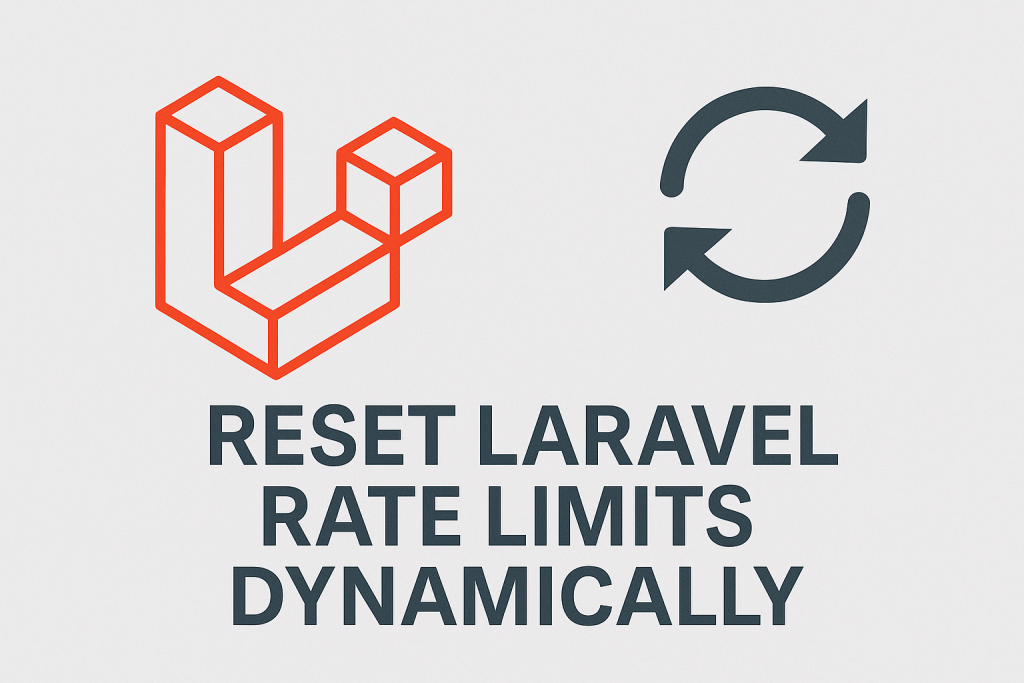
Let’s be honest — rate limiting in Laravel is awesome, but sometimes it can get in the way of your user flow. I had a case where a user got rate-limited on login, but then passed a CAPTCHA. Naturally, I wanted to give them another chance without making them wait 60 seconds. That’s where Laravel 11.4’s new clear() method saved the day.
Why Rate Limiting Is Still Essential
Rate limiting protects your app. Whether it’s brute-force login attempts, spam form submissions, or API abuse — you need it.
Route::post('/login', function () {
// Your login logic
})->middleware('throttle:5,1');This limits users to 5 attempts per minute. Pretty standard, right?
But here’s the catch: What if you actually want to reset that limit mid-flow?
Enter RateLimiter::clear() — Your Secret Weapon
Laravel 11.4 introduces a super useful feature: clear().
It lets you manually clear the rate limit for a given key.
Here’s what it looks like in practice:
RateLimiter::clear('login:' . $user->id);Boom — the user gets a fresh start. No more waiting. No weird workarounds.
When I Use It (And You Should Too)
1. After Human Verification
Let’s say the user failed 5 login attempts. Then they solve a CAPTCHA. At that point, I run:
RateLimiter::clear('login:' . $user->id);This immediately restores access without compromising security.
2. Admin Override
If a user contacts support saying, “I can’t log in anymore,” now support can just clear the rate limit. No need to mess with cache manually.
3. Custom Auth Flows (e.g. 2FA)
In a two-step login process, it makes sense to reset limits after each successful step. It keeps your UX snappy and user-friendly.
How It Works (Under the Hood)
The clear() method removes the internal cache key used for tracking attempts. Just make sure:
- You use the exact same key format used in the limiter definition.
- It only resets that specific user/action combo — not everyone.
Here’s a typical definition using closures:
RateLimiter::for('login', function (Request $request) {
return Limit::perMinute(5)->by($request->user()?->id ?: $request->ip());
});So when you call clear(), match the format like: login:123 or login:127.0.0.1.
Final Thoughts
This tiny feature made my auth flow cleaner and more user-friendly. I no longer have to awkwardly explain to users, “Hey, just wait a minute and try again.” Nope. Now I give them a second chance instantly — and securely.
If you’re on Laravel 11.4, definitely give RateLimiter::clear() a try. It’s one of those small additions that makes a big impact.
Pro Tip:
Pair this with event-driven triggers (like after successful reCAPTCHA or password reset) for max flexibility. You’ll wonder how you lived without it.
